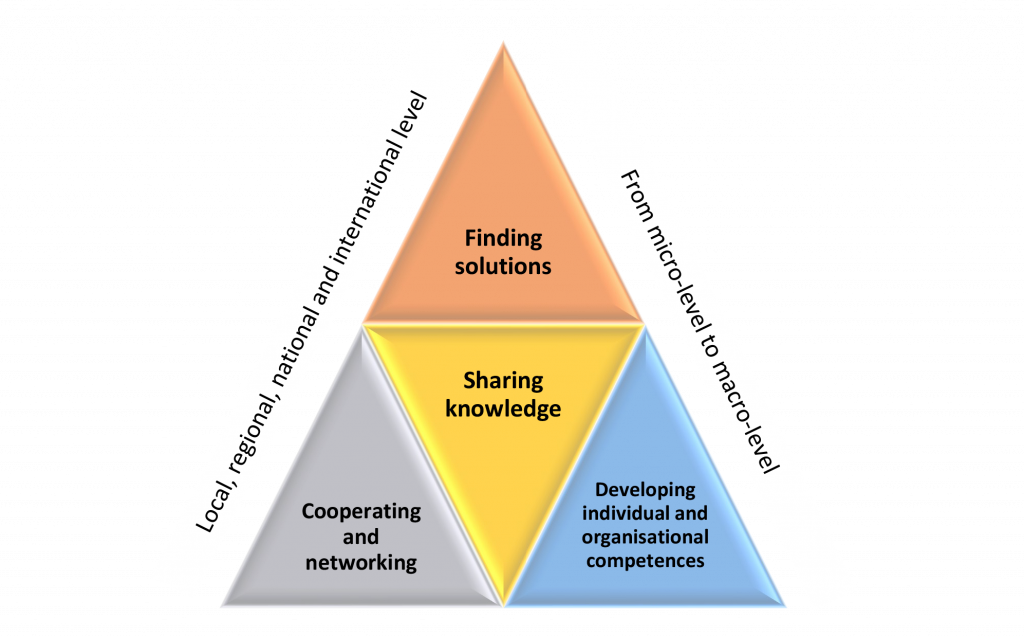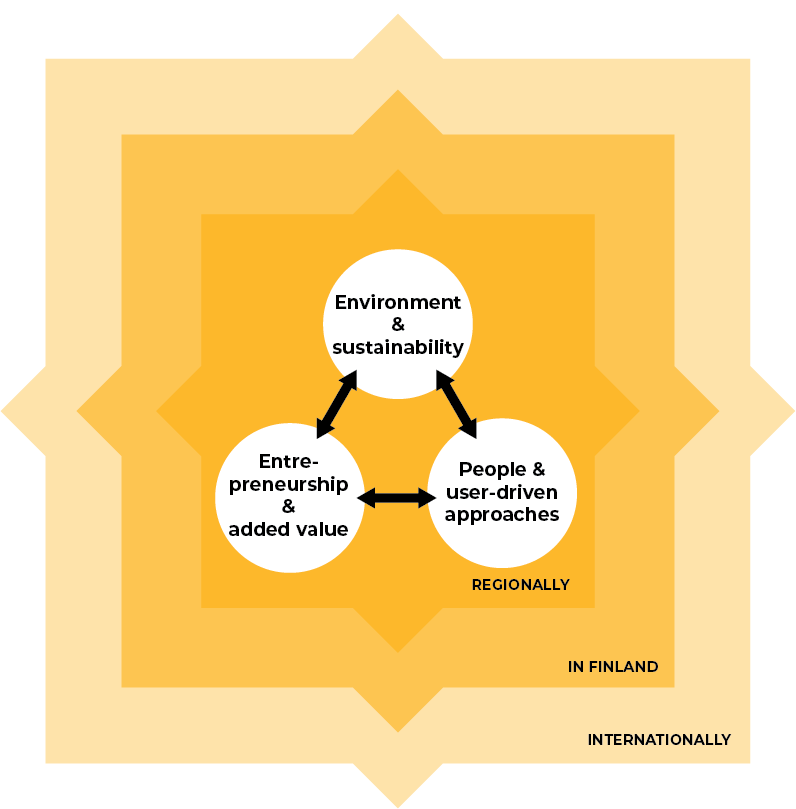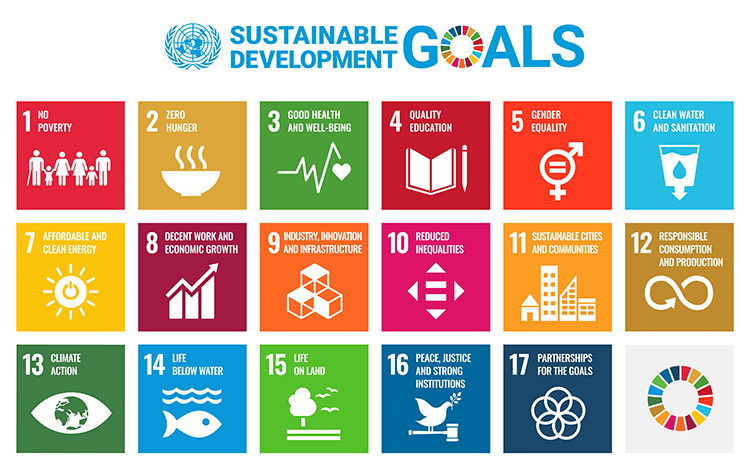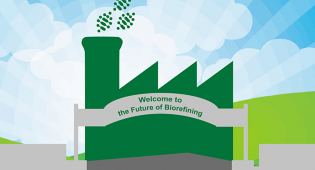Exploring the impact of RDI
13.03.2023Research, development, and innovation activities (RDI) are heading towards positive changes in our society. However, measuring this impact can be complex. At Xamk we have an RDI impact model to aid us in planning, executing, and communicating impactful projects.
The impact of research, development, and innovation (RDI) is often interpreted as higher income or better employment rates. This is understandable because numbers are easy to calculate, interpret and visualize.
However, impact has qualitative aspects which are not so easy to measure. For example, impact can increase knowledge or improve quality of life. Moreover, in some cases, impact can only be assessed after several years or even decades.
Impact = often long-term goals, to achieve positive changes in society
Effects = short-term changes and results
Results = concrete outcomes produced / accomplished during the project
(Science) communication = sharing and popularizing the results to different stakeholders. When doing this, answer these questions: “What interesting and/or important are we doing?” “How are we impacting the society?”
Interaction = to interact and have close collaboration with stakeholders who are essential for the impact, for example workshops for co-creation and development, or collaboration with enterprises or public sector
Source: Petro Poutanen 2021.
It is not always easy to differentiate quantitative and qualitative results or short-term and long-term impacts. A project can have multiple effects which already benefit the target group and the project partners during the project. These effects can create long-term impact after the project or across a continuum of several projects.
More than numbers
The impact of RDI is more than tables and figures. It may be something we can’t directly measure and verify. Impact is more extensive and rather more qualitative than quantitative.
On the one hand, RDI can concentrate on solving a specific problem or developing an existing business model. On the other hand, RDI can increase the skills and wellbeing of the staff.

RDI can develop new business ideas, processes and innovations through experiments and knowledge sharing. Cooperation at different levels – local, regional, national, and international – brings new information and best practices to make use of. As a result, impact supports the improvement of living conditions and the development of society ad hoc and/or in the long run.
In my opinion, it is neither easy nor necessary to draw any borderlines. For example, people are networking and sharing knowledge in various contexts and arenas. The main issue is that we communicate, share, and interact together.
Towards more impactful RDI
How can we make the impact of RDI more concrete? How can we take it into consideration in every step of RDI projects? How can we communicate the impact in a more understandable way?
At Xamk, we created the RDI impact model to help us in our work. This combines our expertise into three cornerstones: The environment and sustainability, Entrepreneurship and added value, and People and user-driven approaches.

The impact model creates a guideline for our experts, starting from the planning of RDI projects and continuing to implement the project as well as to communicate the results. With the model, our impact is even more systematic, concrete and sustainable.

Science communication is an essential part of this work. With science communication, we communicate results, best practices and other outcomes to our stakeholders through events, websites, and publications. The challenge is to reach all the audiences who could benefit from the RDI outcomes.
In conclusion, the impact of RDI consists of different dimensions, both quantitative and qualitative. All the elements are required, and they are important as such, but achieving the best results means that they should be working together – creating impact together.
Sources
Hytönen, A. 2021. Petro Poutanen: Viestintä edistää tutkimuksen vaikuttavuutta. Xamk READ 3/2021. Available (in Finnish): https://read.xamk.fi/2021/muu-kehittaminen/petro-poutanen-viestinta-edistaa-tutkimuksen-vaikuttavuutta/
United Nations. 2023. The Sustainable Development Agenda. 17 Goals for People, for Planet. Available: https://www.un.org/sustainabledevelopment/development-agenda/






































